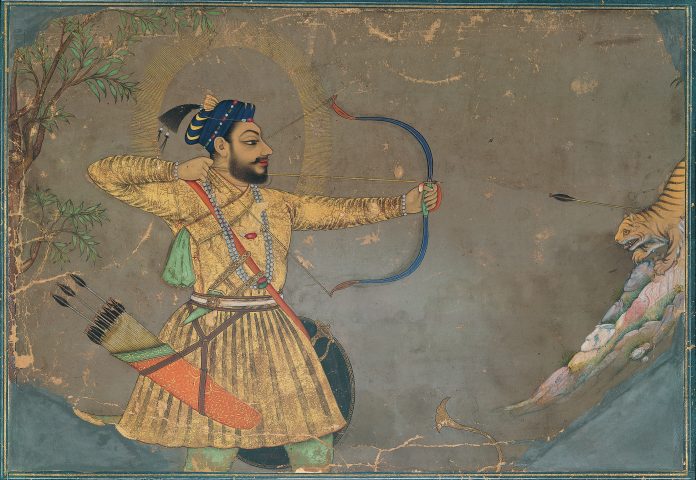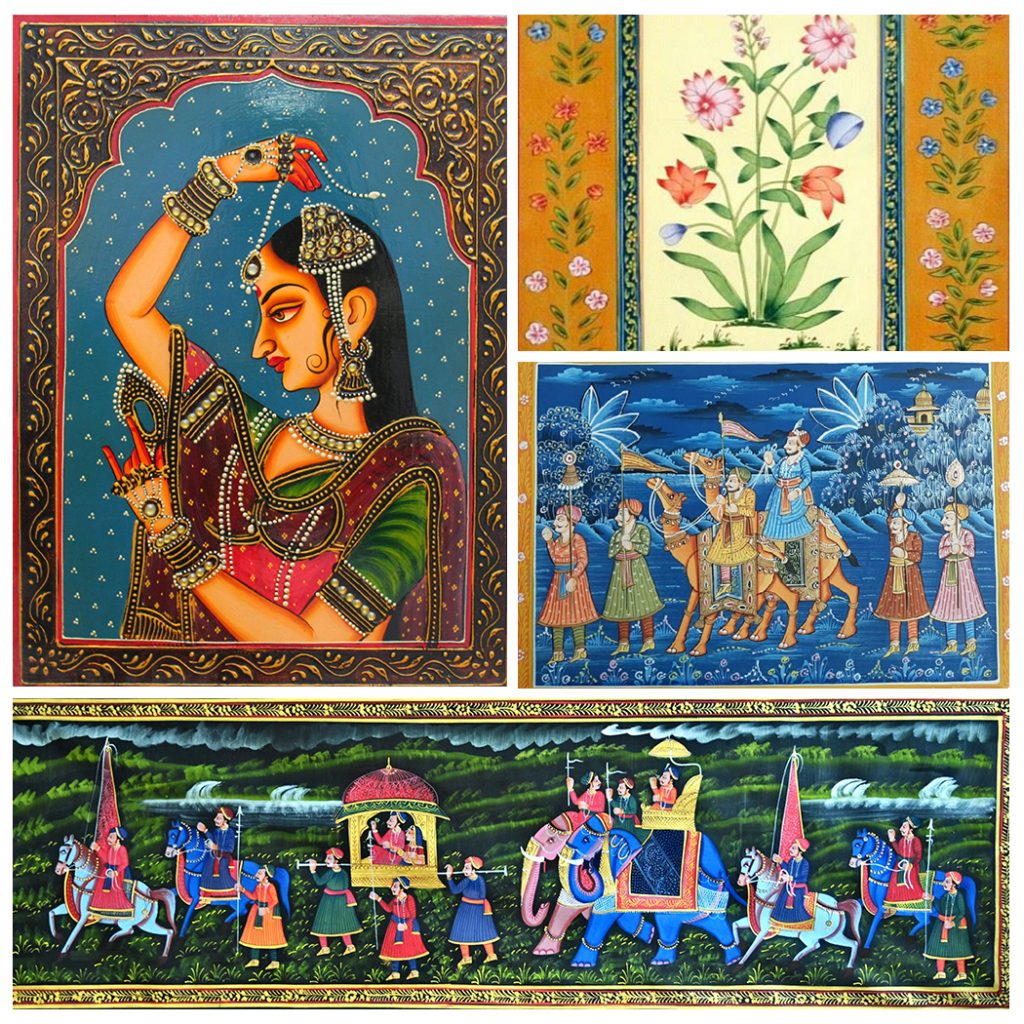
Miniature painting is an art form that requires a great deal of precision, attention to detail, and patience. It is a process that involves creating small-scale artworks that are incredibly detailed and intricate. This art form has been around for centuries and has been practiced by artists all over the world. However, it has recently gained popularity among hobbyists and collectors alike.
In this article, we will explore the techniques used in miniature painting and how to achieve precision in your work. We will cover everything from the tools and materials you will need to the various techniques and tips for creating the perfect miniature painting.
Tools and Materials
The first step in achieving precision in your miniature painting is to have the right tools and materials. The following are some of the essential tools and materials you will need:
- Brushes – The most important tool in your arsenal is your brush. A good brush is essential for achieving precision in your work. Look for brushes with fine, pointed tips and a good spring. The size of the brush will depend on the size of your painting.
- Paints – When it comes to paints, it is essential to use high-quality paints that are highly pigmented. Acrylic paints are a popular choice for miniature painting because they dry quickly and are easy to work with.
- Palette – You will need a palette to mix your paints on. Look for a palette with a smooth surface that is easy to clean.
- Primer – A good primer is essential for preparing your surface for painting. Look for a primer that is specifically designed for miniature painting.
- Miniature – Of course, you will need a miniature to paint. You can either purchase a miniature or create one yourself using modeling clay.

Techniques
Now that you have your tools and materials, it is time to start painting. The following are some of the techniques used in miniature painting:
- Base coating – The first step in painting your miniature is to basecoat it. This involves applying a thin layer of paint to the entire surface of the miniature. This will provide a base color for your painting.
- Layering – Once the base coat has dried, you can start layering your paint. Layering involves applying thin layers of paint to build up the color and create shadows and highlights.
- Glazing – Glazing is a technique used to create subtle color variations and smooth transitions. This involves applying a thin layer of translucent paint over an area that has already been painted.
- Dry Brushing – Dry Brushing is a technique used to create texture and highlights. This involves applying a small amount of paint to the tip of your brush and then wiping most of it off on a paper towel. You then lightly brush the surface of the miniature to create texture and highlights.
Tips for Achieving Precision
Achieving precision in your miniature painting takes time and practice. The following are some tips to help you achieve the perfect miniature painting:
- Work in good lighting – Good lighting is essential for achieving precision in your work. Make sure you are working in a well-lit area with plenty of natural light.
- Take breaks – Painting miniatures can be a time-consuming process. Take breaks often to rest your eyes and prevent fatigue.
- Use a magnifying glass – A magnifying glass can be a helpful tool for achieving precision in your work. Use a magnifying glass to get a closer look at the details of your painting.
- Practice, practice, practice – The key to achieving precision in your work is practice. Keep practicing and trying new techniques until you find the ones that work best for you.
Read more: For more information please visit our website neukirche.org



[…] painting is a powerful and freeing art form that allows individuals to unleash their creativity in unique and meaningful ways. By […]